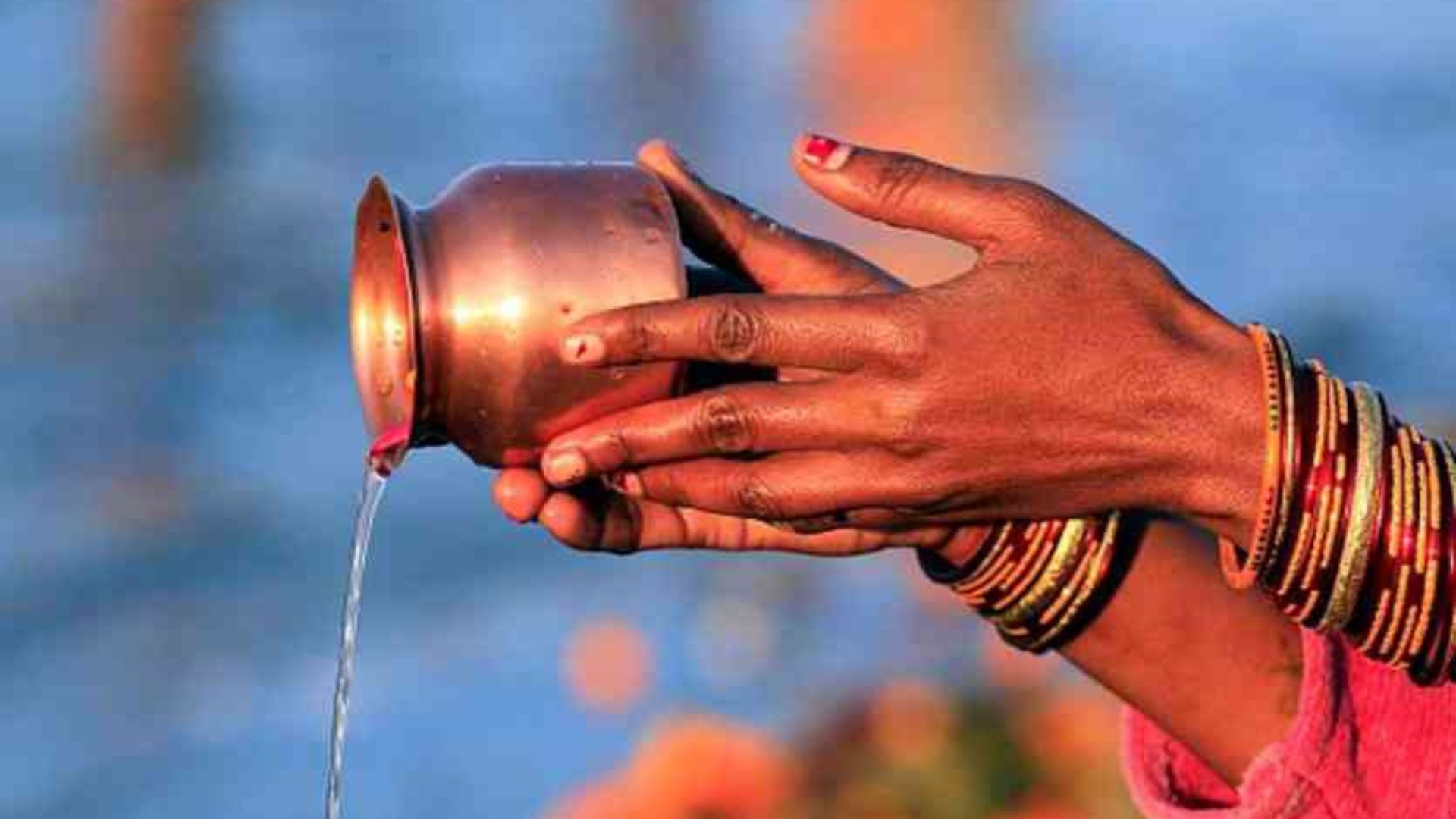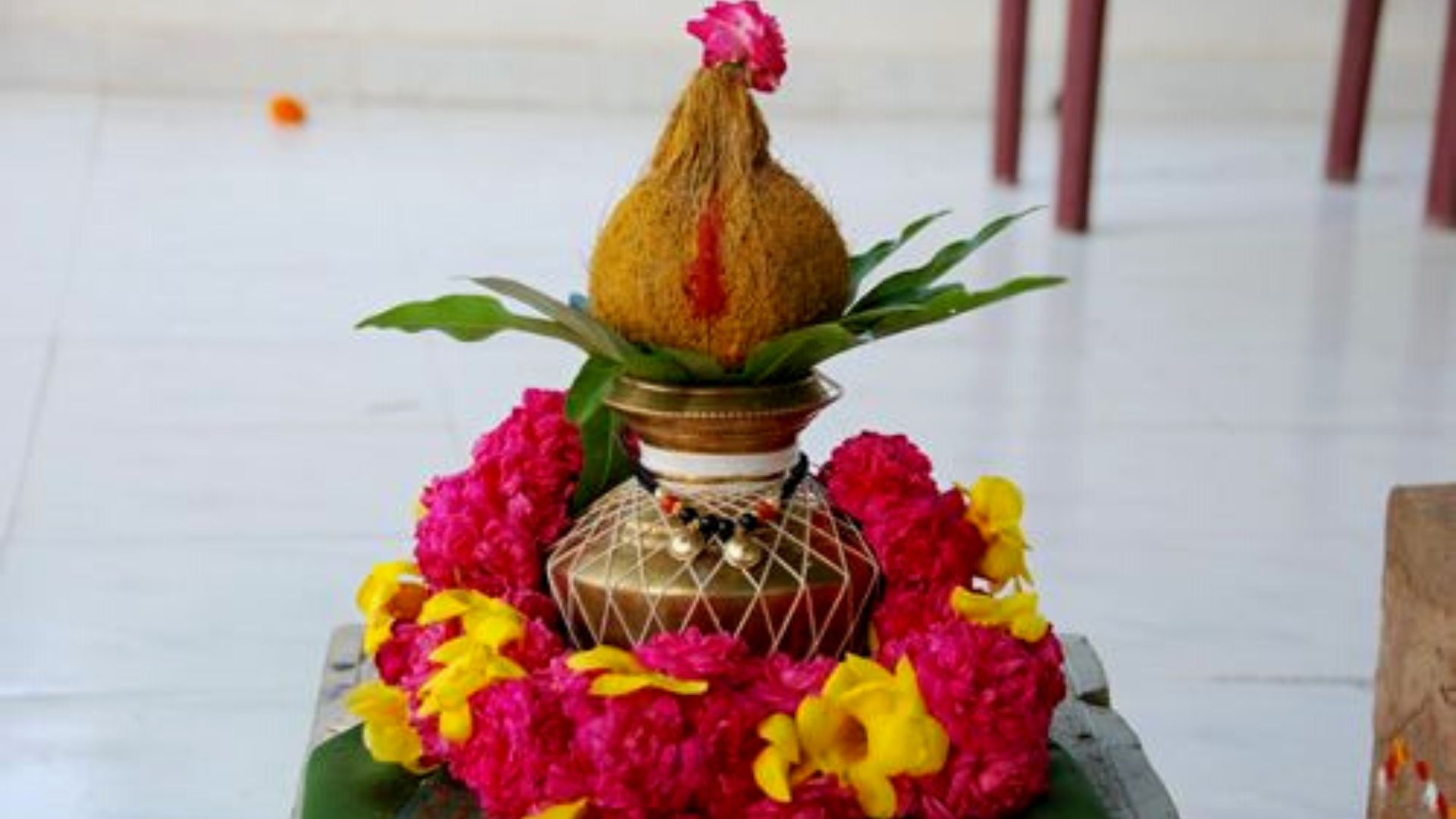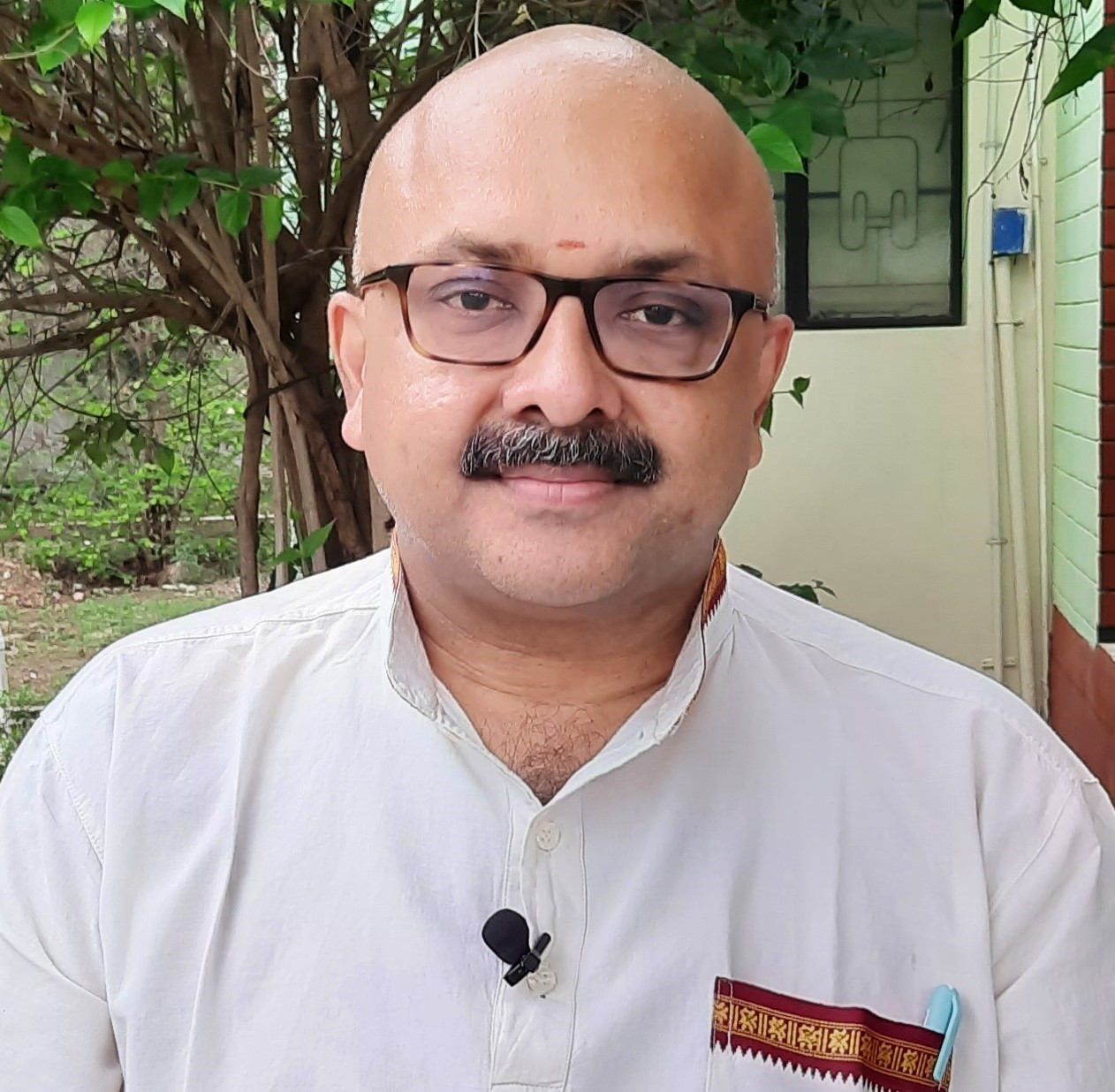
Water has been held sacred in our society for a long time now. It has been part of the five elements. The other four being - air, space, fire and wind. The home is known as ' Griha ' and ' Griha Tirtham ' is the sacred waters that are part of each and every household. Wells were the source of water those days. Local ponds, lakes, neighborhood streams and rivulets have played an integral role in the lives of Indians. The warm climate and abundance of cultivable lands made it the best place to live. India has been occupied thus for nearly 84000 years without a break.
Well water was considered to be sacred. It was used for prayers and for preparing offerings to God. Running water was considered to be impure. Therefore saints and yogis would use well water at all times. They used to stay near a well while visiting new places. Of course, their household would have a well and water could be drawn only by the members of the household or the designated person. A pooja would be done to the well on successive fridays. Yatis (saints) would never cross a river during Chaturmasya (a period when they would follow a particular diet and lifestyle).
Jal or Jalam or Thanneer (in Tamil) or water was part of the religious lifestyle. Every household would additionally be endowed with a tiny container of water from River Ganga. This water would be kept in a sealed container within the prayer room ( pooja room ). Some people would have this holy water kept in a silver container. This would resemble a pitcher. A gold Thirumangalyam (Mangalsutra) would be fixed on the container. The pitcher shaped container would be decorated with sandalwood paste, turmeric and vermillion powder and flowers would be offered everyday. Regular fruits and food offerings would be made. An arati will be offered everyday. This tirtham will be the holiest in each household.
The family would also have waters of a number of rivers in separate containers within the kitchen or in the pooja room. This will be used on ceremonial occasions. A separate container with Gangajal in the store room will act as a reserve. This water will be given to very sick ones before they move to the other world. This water would be offered with a basil (Tulsi) leaf. Gangajal (water from River Ganga) would be used to cleanse the household after the completion of the ceremonies connected with the departed soul. They would also sprinkle Gomiyam (cow's urine) along with the same.
Dropping unwanted stuff into the household well was banned. Our ancestors understood the value of water and therefore held it sacred. All the rivers had been given feminine names. They understood that rivers were providers and therefore considered them to be their own mothers. This approach of the Indians added to the cultural wealth of the country. Water was used for each and every religious ritual. A Kalasam/pitcher would be placed in the center and would be filled with water. The Kalasam would be closed on the top. A coconut and leaves from a mango tree would be used for closing it. This would be decorated with strands of flowers, sandalwood paste, turmeric and vermillion.

The water from this Kalasam would be sprinkled on each and everyone who would attend the occasion. Thereafter, the water would be offered in a uthrani (ritual spoon) to everyone present. The rest of this water would be sprinkled within the premises by the officiating priest or his assistant. This was supposed to add to the well being of the family. The strands of flowers would be offered to the ladies of the household. The pooja water was always made tasty and fragrant. Edible and safe materials were added in order to make the water fragrant and tasty. Kids used to like having this water which was known as 'tirtham'.
Well, the water used during Sandhya Vandanam and the daily prayer was also held sacred. This was sprinkled on kids in order to remove fear or the effects of an evil eye. A Tulsi leaf was added to the water used for everyday worship. This water was sprinkled on the food (Naivedyam/Prasadam) that was offered in the pooja altar. People used well water for this purpose. However, groundwater pollution has made things difficult. Devotees who hold their deities dear to themselves do not wish to use contaminated water as part of their offerings. However, a number of believers are still tuned to the old system. Awareness needs to be created with regard to the same. This will go a long way in ensuring good water is offered. Additionally, groundwater pollution would also get the attention in needs.
' Griha Tirtham ' or the sacred water from one's household was always important. One would repeat the prayer ' Gange cha Yamune Chaiva, Godavari , Saraswathi, Narmade, Sindhu, Cauvery, Jalesmin Sannidhim Guru '. each time while using the water during prayer time or while completing a bath. The priest would also utter a prayer while offering tirtham (prayer water) to the devotees each time. This was meant to keep them healthy and happy while also removing their sins. Thus 'Griha Tirtham' became the most important, since it was always part of everyday life.
Isn't Sanatana Dharma a way of life in India ? !!!
 Mr. Rajesh Govindarajulu is one of the founding members of The Verandah Club Pvt. Ltd. He is a leading columnist, historian, jeweler, entrepreneur, and a heritage enthusiast who is earnestly working to revive the past in the light of the present. Experiential learning about the history of Coimbatore is his main course of interest and he is also a panel member of many colleges in the city.
Mr. Rajesh Govindarajulu is one of the founding members of The Verandah Club Pvt. Ltd. He is a leading columnist, historian, jeweler, entrepreneur, and a heritage enthusiast who is earnestly working to revive the past in the light of the present. Experiential learning about the history of Coimbatore is his main course of interest and he is also a panel member of many colleges in the city.
NEXT ARTICLE